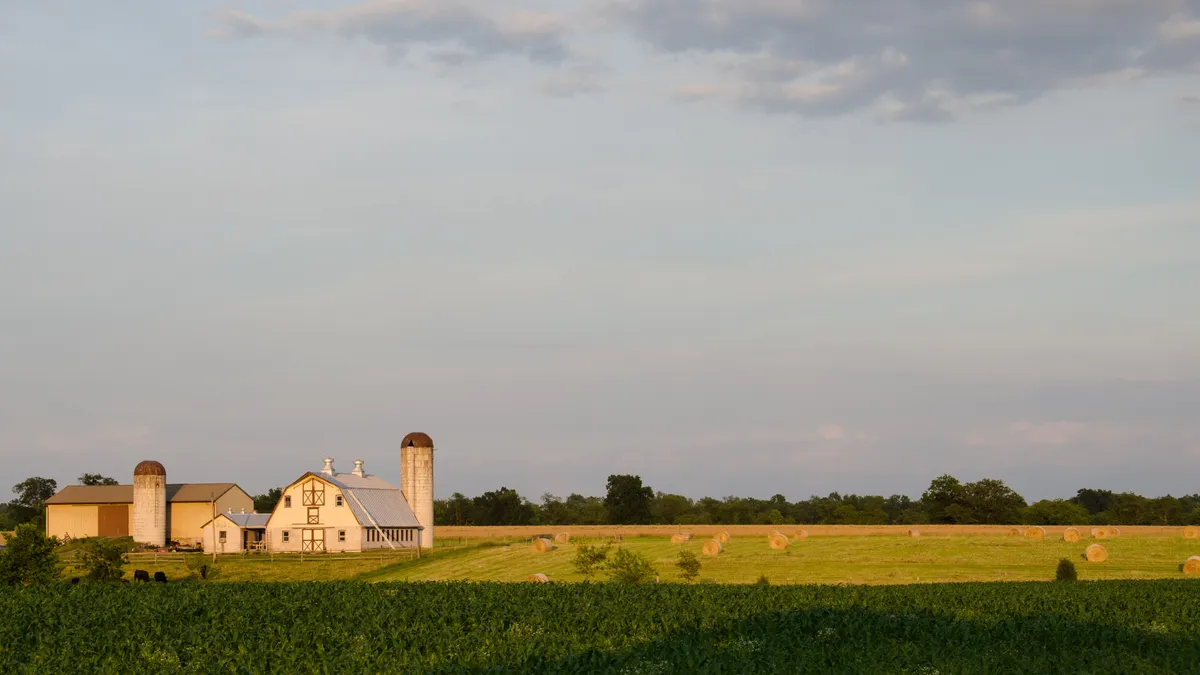The transition to online learning in the wake of the COVID-19 pandemic has been challenging for some students at Tougaloo College.
The private, four-year historically Black college serves students living in the Mississippi Delta, a rural region long considered one of the poorest areas in the country. The $50 to $60 per month charge for reliable broadband internet service, where it is available, was too high for some of its nearly 800 students, who struggled to get online when classes went virtual, said Carmen Walters, Tougaloo's president.
The problem is not unique to Tougaloo. Connecting to the internet can be a challenge for lower-income students and those living in rural communities. The problem has only gotten worse since the pandemic closed campuses. Institutional leaders fear the lack of access is widening higher education's class divide and forcing students to drop out or not enroll in college.
The latest federal coronavirus relief package, which passed in December, included $7 billion to help expand broadband to underserved communities and connect people who do not have the means to pay for it. A significant chunk of that money will help minority-serving institutions and students who receive Pell Grants, which are given to those with the greatest financial need.
The package follows an earlier round of emergency relief, passed in March, some of which was used by states, cities and colleges to expand access to the internet. However, experts and institutional leaders say the funds were merely a Band-Aid that helped many students transition online quickly, but they did not close the digital divide.
The new money is intended to help the most underserved populations access the internet during the pandemic and put "a down payment" on some of the broadband infrastructure needs of communities where connection is poor, nonexistent or unaffordable said Jarret Cummings, senior advisor for policy and government relations at ed tech advocacy group Educause.
But the one-time funds will eventually run out, highlighting the need for longer-term support. Experts say closing the digital divide requires a steady stream of federal funding to connect students to reliable internet and allow cash-strapped institutions to expand their technological capabilities to catch up to more affluent universities.
New America, which has advocated for expanding broadband access beyond what the latest relief package calls for, estimated that around 4 million college students have difficulty accessing the internet. In a recent survey, the think tank found that one in five people who stopped taking classes or chose not to enroll at a community college this fall said they lacked the technology or internet access to take classes online.
"You're not going to solve the root issues of inequality with one-time funding to add access to the internet," said Lodriguez Murray, senior vice president for public policy and government affairs with UNCF, which backed the relief bill before its passage. The money was needed to help "level the playing field" because many HBCU students cannot afford broadband internet, he said. Around three-quarters of HBCU students are Pell-eligible, Murray said.
The funding is a good first investment, but it needs to be institutionalized, said Erica Romero, assistant vice president of state advocacy for the Hispanic Association of Colleges and Universities.
"While $7 billion is a significant amount of money," Romero said, "it's not going to be enough to address the entire nation."
Limits of the current funding
The federal broadband funds could go a long way for Wallace State Community College, a small public two-year institution in rural Alabama about 45 minutes north of Birmingham. A quarter or more of households within three counties it serves do not have a broadband internet subscription, according to 2019 data from the U.S. Census Bureau.
Since the pandemic, many of Wallace State's 5,400 students have struggled to access Wi-Fi from their homes, even with a loaner hotspot from the college. The college spent about $710,000 purchasing Wi-Fi hotspots and more than 800 laptops for students who needed them, and expanding wireless internet service on campus so students could connect from their cars in parking lots.
Still, students have lost internet connection during online exams, have been unable to participate in video meetings due to connectivity issues, and have even taken time off work to drive an hour to campus so they could gain access, said Vicki Karolewics, Wallace State's president.
Many students throughout the country live in households where other family members are working virtually or attending school online and they do not have the bandwidth to support that much streaming, Romero said.
Through the latest relief package, college students who are Pell recipients will be among those eligible to receive a subsidized discount of up to $50 per month in broadband services (or up to $75 for people living on tribal land). The $3.2 billion pot of money is distributed to internet service providers, which allows the companies to offer the discounts to individuals who are eligible. That also includes lower-income households, families with children who are eligible for free or reduced-price lunch, and people who have been recently laid off or furloughed.
"You're not going to solve the root issues of inequality with one-time funding to add access to the internet."

Lodriguez Murray
Senior vice president for public policy and government affairs, UNCF
The subsidies mirror the U.S. Federal Communications Commission's existing Lifeline program, which distributes about $2.4 billion annually to internet service providers so they can offer broadband discounts to underserved households, said Educause's Cummings. However, Pell eligibility is not considered among the criteria for receiving discounts under the program, and the subsidy is just north of $9, not nearly enough to cover the cost of high-speed internet in most areas, Cummings said. Also, only a quarter of the estimated 33 million households eligible for the benefit received it in 2020, according to the Universal Service Administrative Co., which is affiliated with the FCC.
The new funds are "a great deal" for many students, said Wesley Whistle, a senior advisor with New America's education policy program. But the money will run out and a permanent program that automatically gives broadband subsidies to Pell recipients is still needed, he said.
Another $285 million will be directed to HBCUs, minority-serving institutions and tribal colleges, as well as partnerships between those institutions and minority-led businesses and nonprofits, to help connect their communities to broadband services and related equipment. But the amount wouldn't go very far in helping the more than 700 minority-serving institutions nationwide, Romero said.
Other funds in the package could help colleges and their students indirectly, such as $1 billion to boost broadband service and infrastructure in tribal communities and $300 million to extend service into other unserved or underserved areas.
Congress has given federal agencies a month or two to write the rules for distributing the funds, Cummings said. But depending on the type of program and the complexity of the assistance, the timeline for distributing the money could extend into the summer or beyond, he said.
The FCC is soliciting comments about how the new program could work. That gives college leaders an opportunity to participate in a partnership and dialogue that rarely ever occurs, said Emily Bouck West, deputy executive director at Higher Learning Advocates.
Is more money coming?
Whether a larger investment is on the horizon remains to be seen. Democratic members of Congress last year introduced a bill that would provide an additional $1 billion to help colleges connect their underserved students to the internet during the pandemic. The bill would have prioritized rural and minority-serving institutions, as well as low-income, first-generation and unemployed students. However, it never materialized.
The Biden administration's national COVID-19 response strategy calls on the federal government to find ways to help students in households without a reliable internet connection access broadband. But it is unclear how the strategy would impact broadband access for college students, Cummings said.
If long-term federal investments that significantly expand broadband access do come, they would help bolster the economy of the entire region around Wallace State and give its students a better chance at success after graduating, Karolewics said. If not, she added, rural Alabama's economy and opportunities for success there will continue to fall behind.
"The need to assure that students are successfully learning at a distance in a pandemic has accelerated the critical need to invest in infrastructure that is essential for a growing economy," Karolewics said. "Us being so far behind with access to the internet when it relates to everything we do is unacceptable."






















